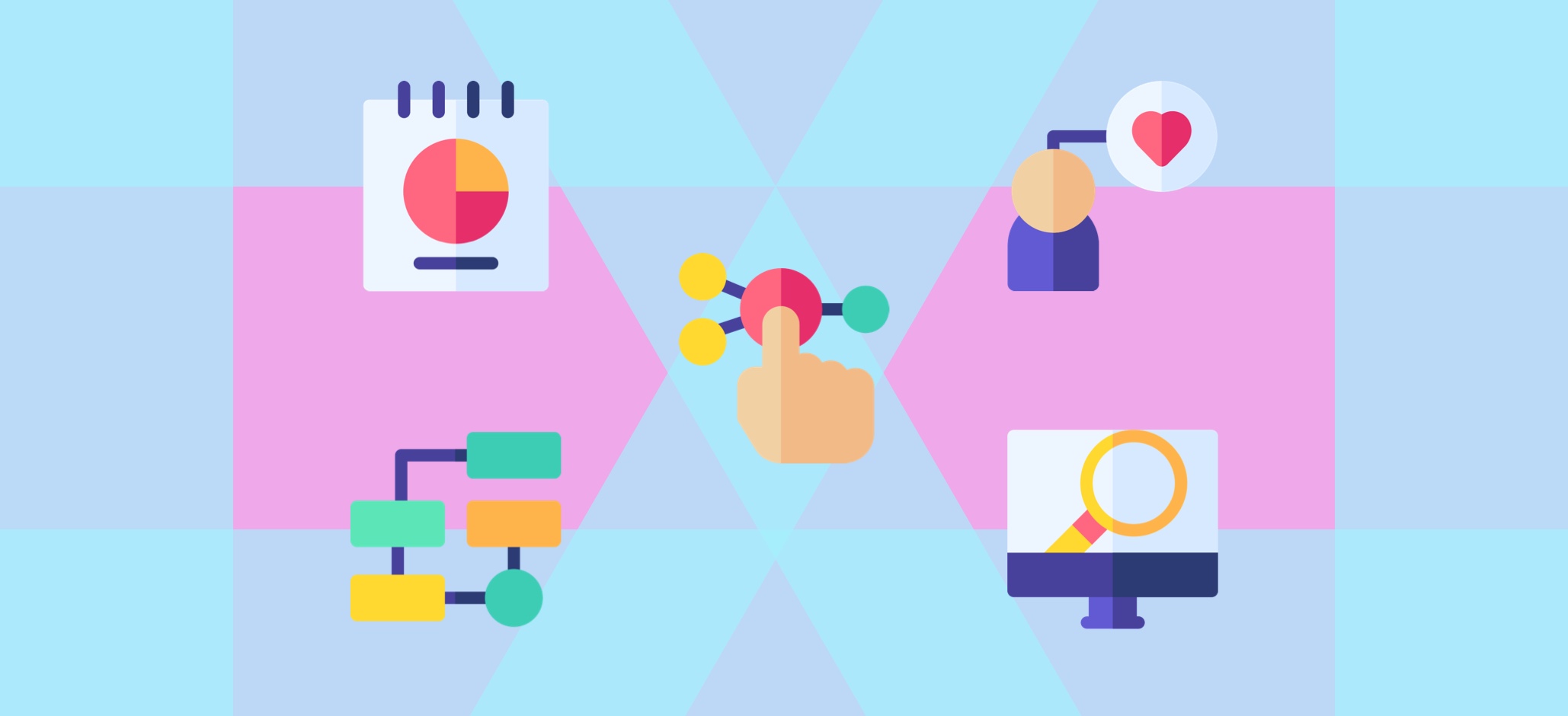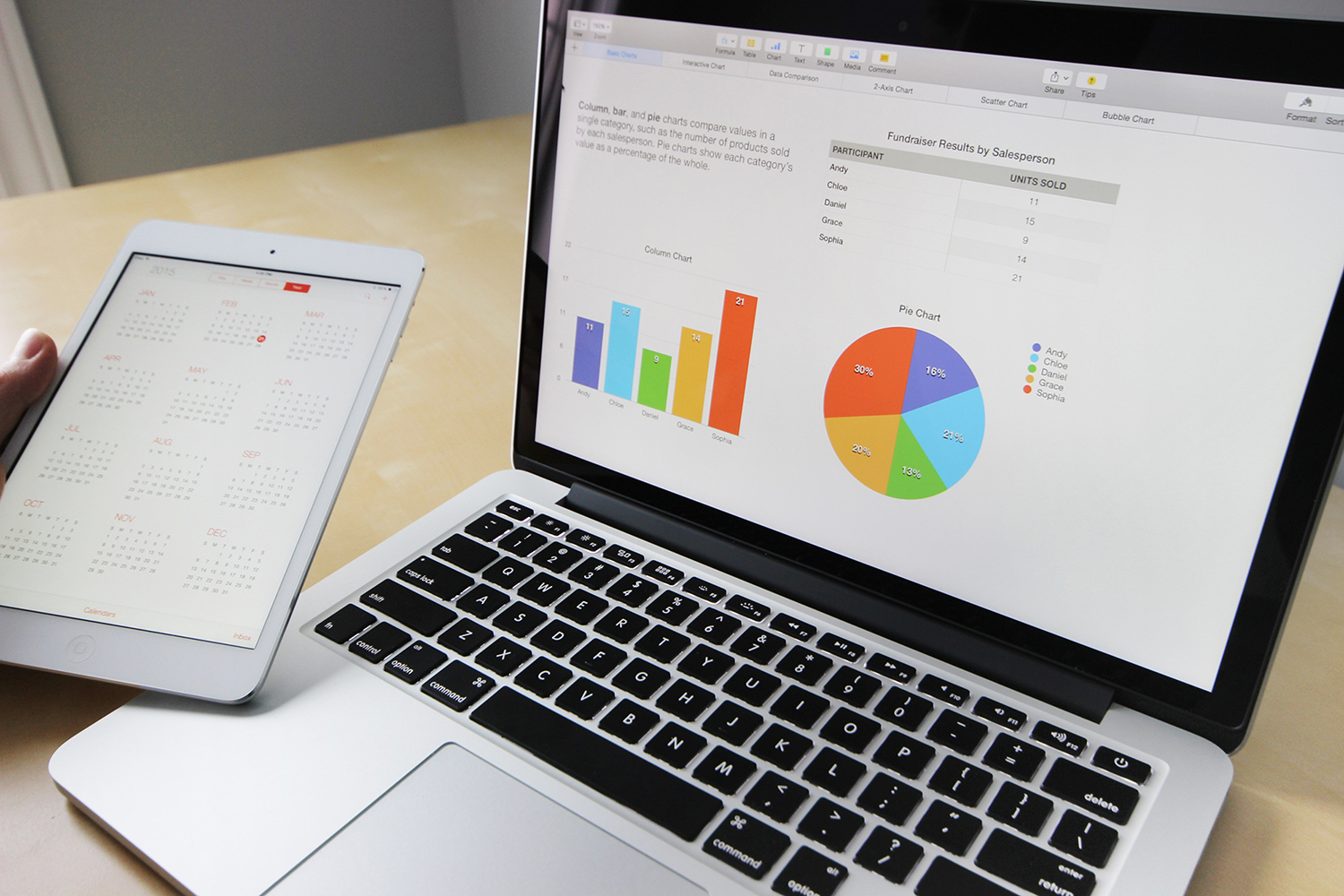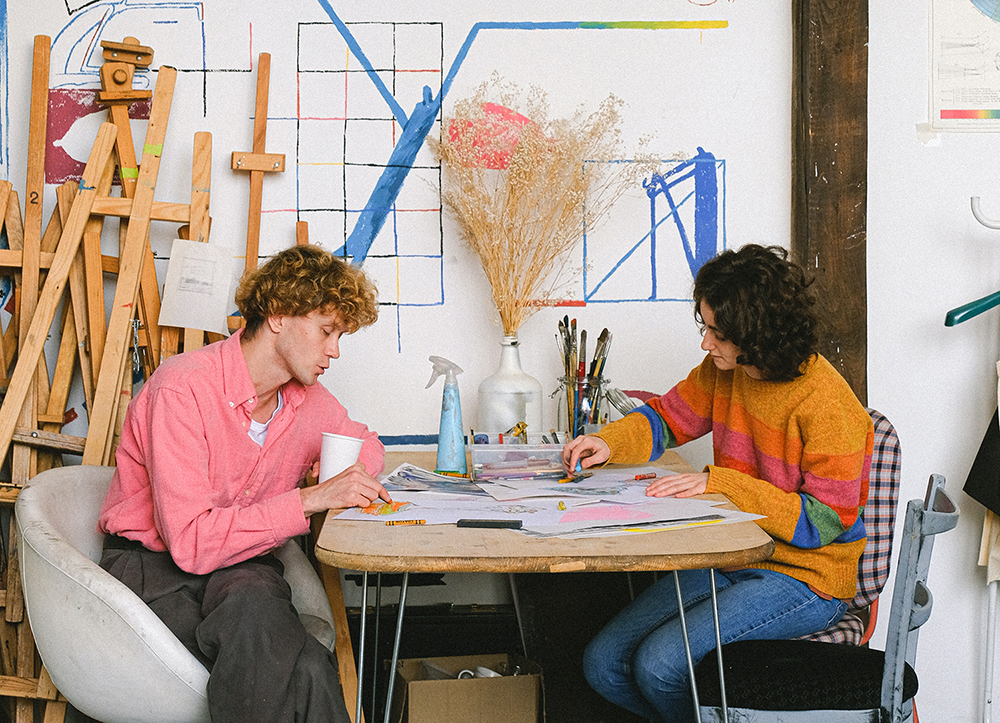How to Prepare and Present Your Research to App Development Agencies

Before you even begin working with an agency to design and develop a product, how can you prepare to ensure you’re, in turn, preparing them to deliver quality work and meet your vision?
According to Norah Tahiri, Rapptr Labs’ design director, the most important piece in creating a quality product for clients is a solid notion of “why”: why the product should exist and why your solution is the best one.
“My very first question is, ‘What is the goal of the product? What problem are we trying to solve?” she asks. “That’s the heart of the product.”
The research phase
In order to reach this point, clients will need to conduct enough research to have a solid grounding as to what it is that they want to design.
Typically, Norah explained, companies will already have done much of the research to answer these questions in order to present their ideas to investors and raise money, and any information they have, such as the demographics of the target audience they’re trying to serve, will save an agency, like Rapptr Labs, time and therefore bringing the product to market more quickly.
Norah will also want a clear outline of the business objectives. “Typically, the business objective and goal of design are interwoven,” she explained. “It will allow us to know exactly what it is we are trying to accomplish. Everything should go back to addressing these goals.”
But while businesses should do some homework upfront — this will make the design and development process easier and quicker — the design team will perform the lion’s share of the research to understand the market, competitors, and sources of inspiration. Moreover, a company like Rapptr Labs will also educate businesses on how they can best utilize user and market research to hone the app design.
The design team also seeks to follow the standards established by existing players in the industry. “We’re not looking to reinvent the wheel,” Norah said. “We’re thinking about what’s working well that might have already become an established behavior for us to follow.”
At the same time, they’ll also look for areas to improve and take those conventions a step further. “How can we differentiate ourselves or improve on existing behavior in place to optimize or make the product more user-friendly?”
That doesn’t mean the designer won’t welcome ideas from the client. In fact, they often provide a solid starting point. “We are very open to preexisting features and functionalities they have in mind,” Norah said. “That helps us assess what it is that they’re looking for. Once we take that information, we’ll apply it to our own user and market research.”
Still, Norah cautions business against being close-minded when it comes to alterations. After all, businesses are coming to a design company for their expertise and background so they can create a product that will succeed.
She stressed that it’s a team effort, noting, “The best apps are those where there is a really strong collaboration between the client and the design team or agency. We are not the experts in the fields in which our clients are working, so we rely on them to provide us with that information. We use our expertise to build out and translate that knowledge into something that’s an actual product.”
“Communication is key,” Norah added. “So much of it is communicating and making sure they’re understanding why we’re doing what we’re doing. We should be able to point to their business objectives and research and our user research to show that it’s not subjective.”
Presenting your ideas
When presenting their ideas to an agency, Norah encourages clients to be as detailed and thorough as possible. During the kickoff meeting and throughout the process, they should be clear about how they envision the product working and why. Here, the client should also present any materials they have about the product — research, documentation, and so on — to enable the design team to dig deep during the exploratory process.
Norah also asks clients questions about their timelines and budget. “The earlier we can know these constraints, the better able we’ll be to produce the best app possible,” she said. “Otherwise, we’d have to make cuts at a pivotal point in the project, which could affect usability and introduce issues if you’re trying to scale back at that point.”
Customization for every client
Still, there is no one-size-fits-all approach to design and development. Every project depends on the client and their unique needs.
“It’s going to change,” Norah said. “Every strategy we put in place is customized to the client.”
That means that there will be times Norah and her team will ask for more information based on the specifics of the project. Other times, a client may have already put in some of the legwork, having worked with another agency. In that case, a design agency like Rapptr would need to establish where they are in the process, whether they have an outline or wireframes and design that they want to be redone or honed.
While Norah encourages clients to leave as much of the process up to the agency — this is better for the purpose of quality control — she will meet them where they are.
Ultimately, she advises clients to “come in with an open mind, so we can work together and build the best app possible. That’s really key.”
Read more academy articles →



